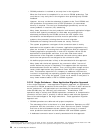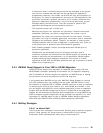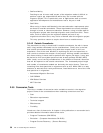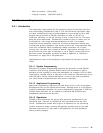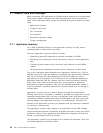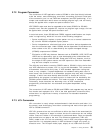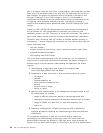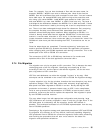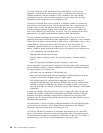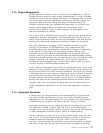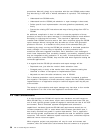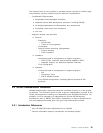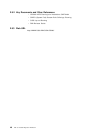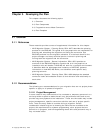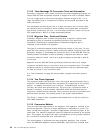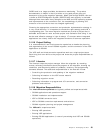The main challenge is the identification and classification of files for the
migration. All files that will be used as input to a job after the switchover to
OS/390 operations must be migrated. Files recreated by the first OS/390
production cycles do not need to be migrated, and are better off not being
migrated (at least temporary files, cataloged or not).
The task of selecting files for the migration to OS/390 is easier for those files
accessed by online applications. This is because they are in relatively small
numbers (150 to 300), permanently allocated, often uniquely identified (for
example through standard labels), and because their list is fairly stable over
time. CICS tables list all those files, and more. The only challenge with online
applications is to identify and eliminate obsolete CICS table entries.
The real selection challenge is with batch applications. The list of all files
(separate data flows) accessed by batch applications is typically in the hundreds.
These files are usually not monitored or kept current. Identification of their use is
complicated by reuse of the same VSE file name or even disk space for
completely separate data flows. As explained in the JCL conversion section
above, it takes a global enterprise-wide view of the step/file cross references to:
•
Truly understand the VSE data flows,
•
Separate and identify each of them,
•
Classify them according to their life cycle (permanent, handoff, backup,
work),
•
Apply an appropriate OS/390 migration strategy to each one.
Device migration is the second file migration challenge. Many VSE installations
tend to be tape (not disk) oriented. OS/390 should be disk and DFSMS oriented,
not tape oriented. This means that:
•
VSE disk files are migrated to OS/390 disk files
•
Most VSE non-backup tape files are migrated to OS/390 disk files, with the
exception of external (shipped) input or output tapes
•
VSE backup tape files created within application job streams may be
migrated to OS/390 tape files. But with DFSMS, they may be created under
OS/390 on disk by the OS/390 job stream and copied to tape ″out-of-sync″
with job execution by HSM in a technique called ″disk buffering″ (see OS/390
standards).
It takes a prolonged simulated production test to assess the match of the new
OS/390 JCL streams, HSM archival strategies and DFSMS constructs with the
available disk space. Hardware configuration constraints and on-going VSE
operations do not always allow getting a good feel for the performance of future
OS/390 native operations.
The differences in device utilization strategies between VSE and OS/390 greatly
influence the file migration. Those differences are defined by the OS/390
standards′ decisions made while converting the JCL.
The VSE to OS/390 file migration is developed progressively over a period of
three to five months, while performing the regression tests, and assuming that
file identification and device migration are accounted for with JCL conversion, it
represents only 5 to 10% of the total application conversion effort.
36 VSE to OS/390 Migration Workbook



